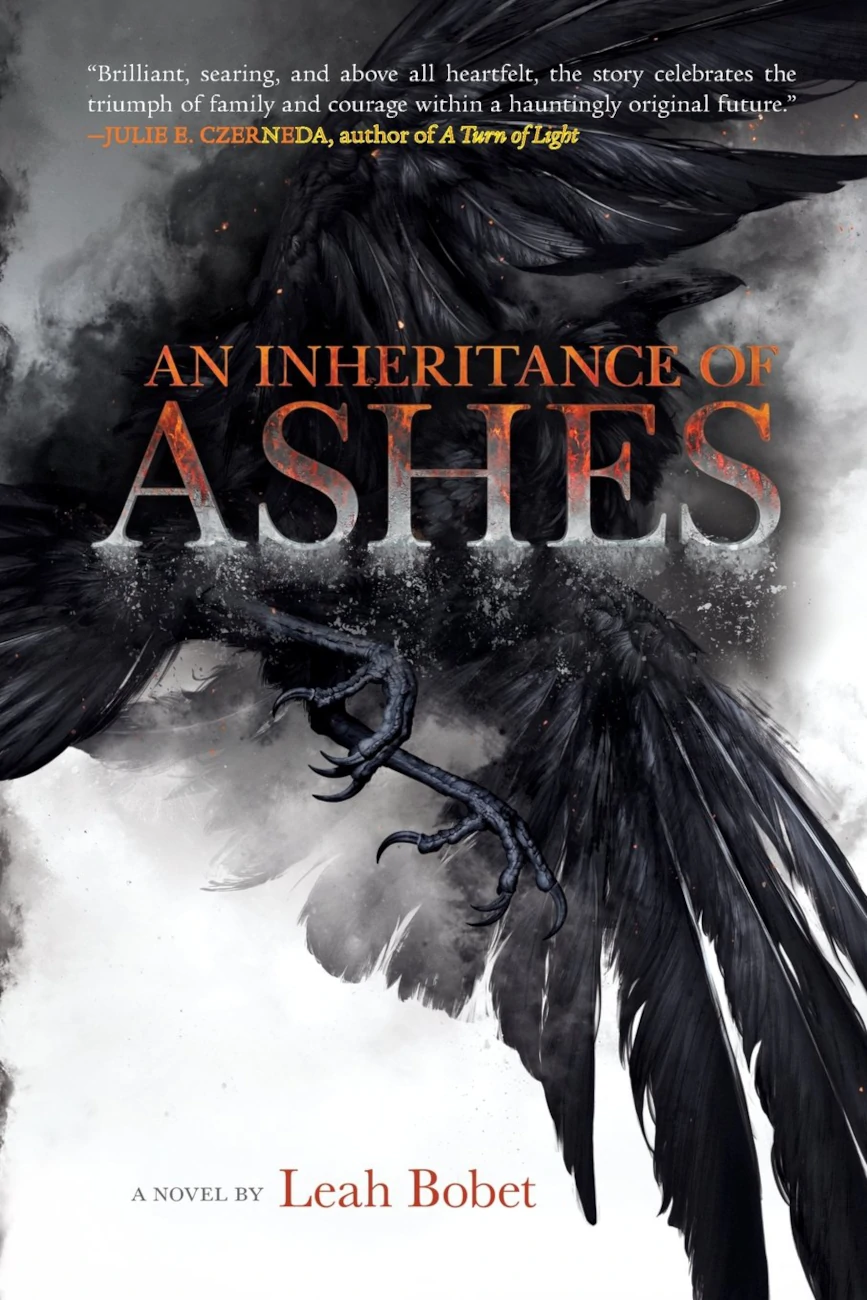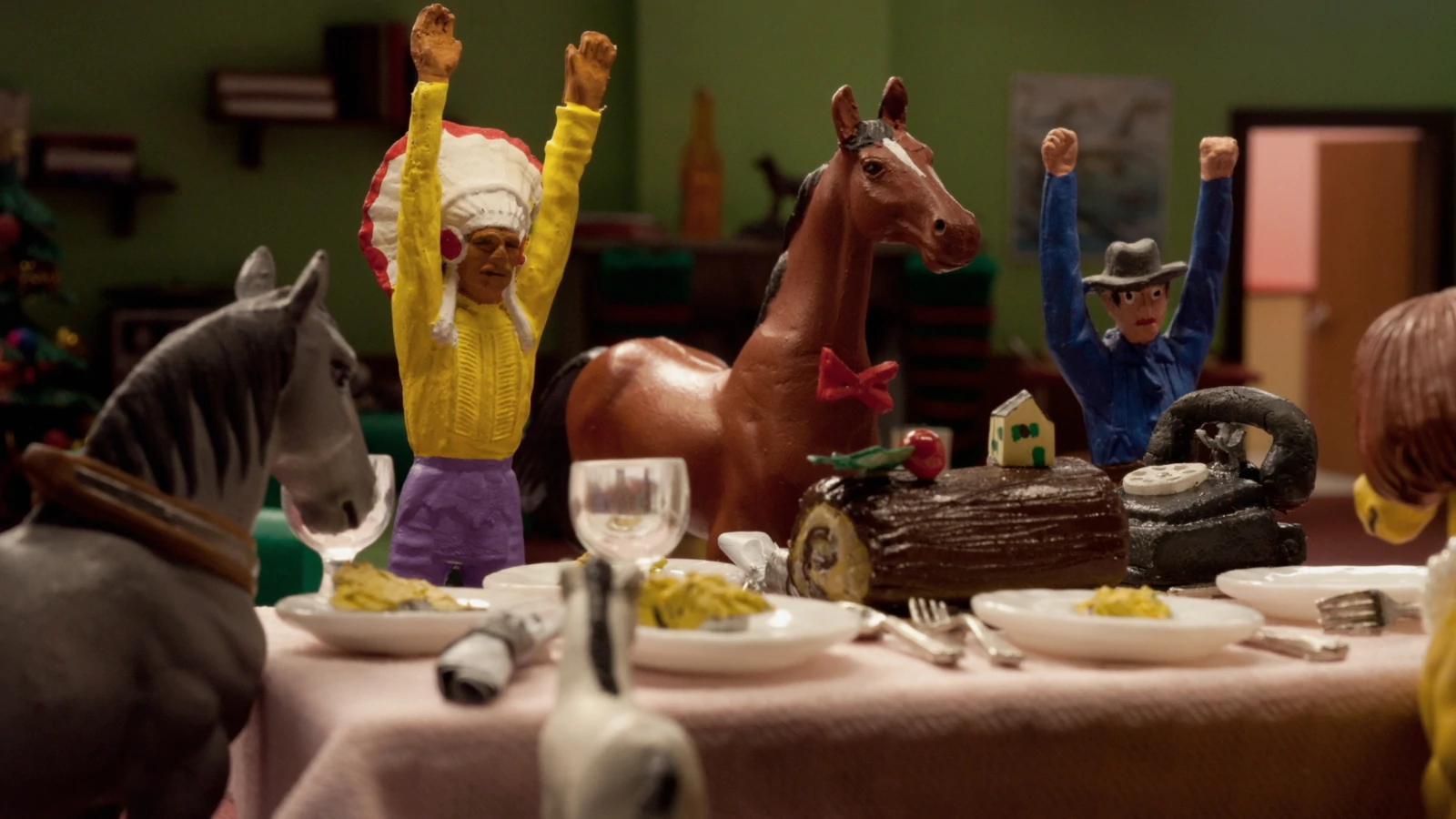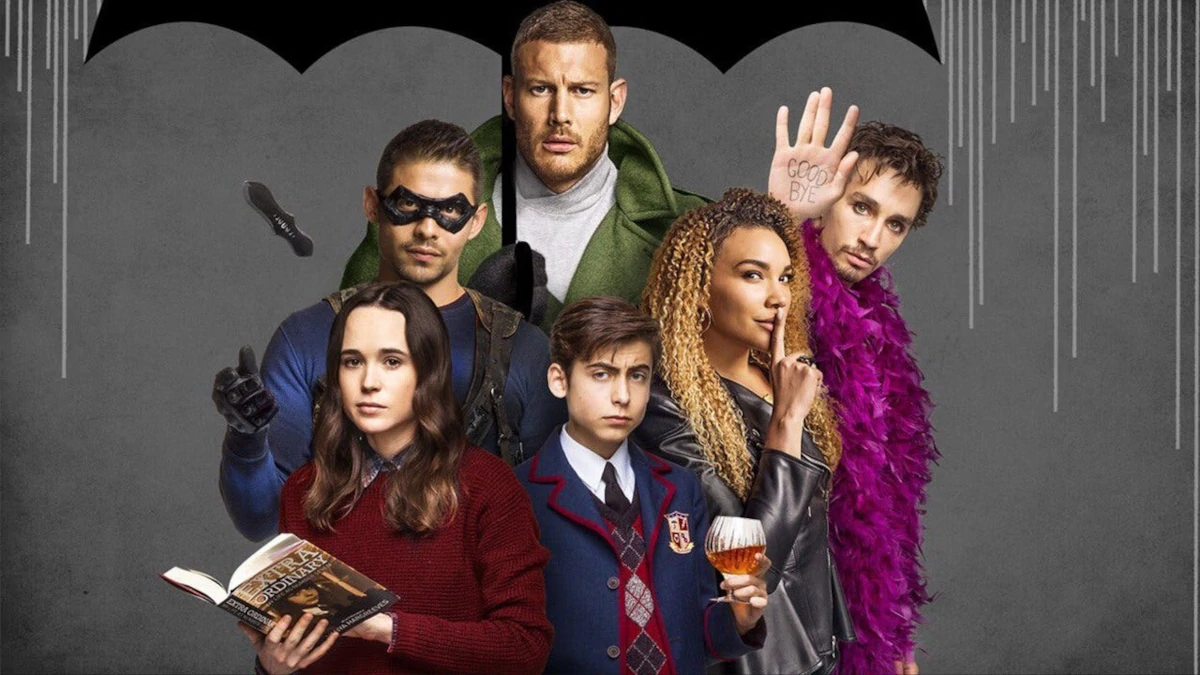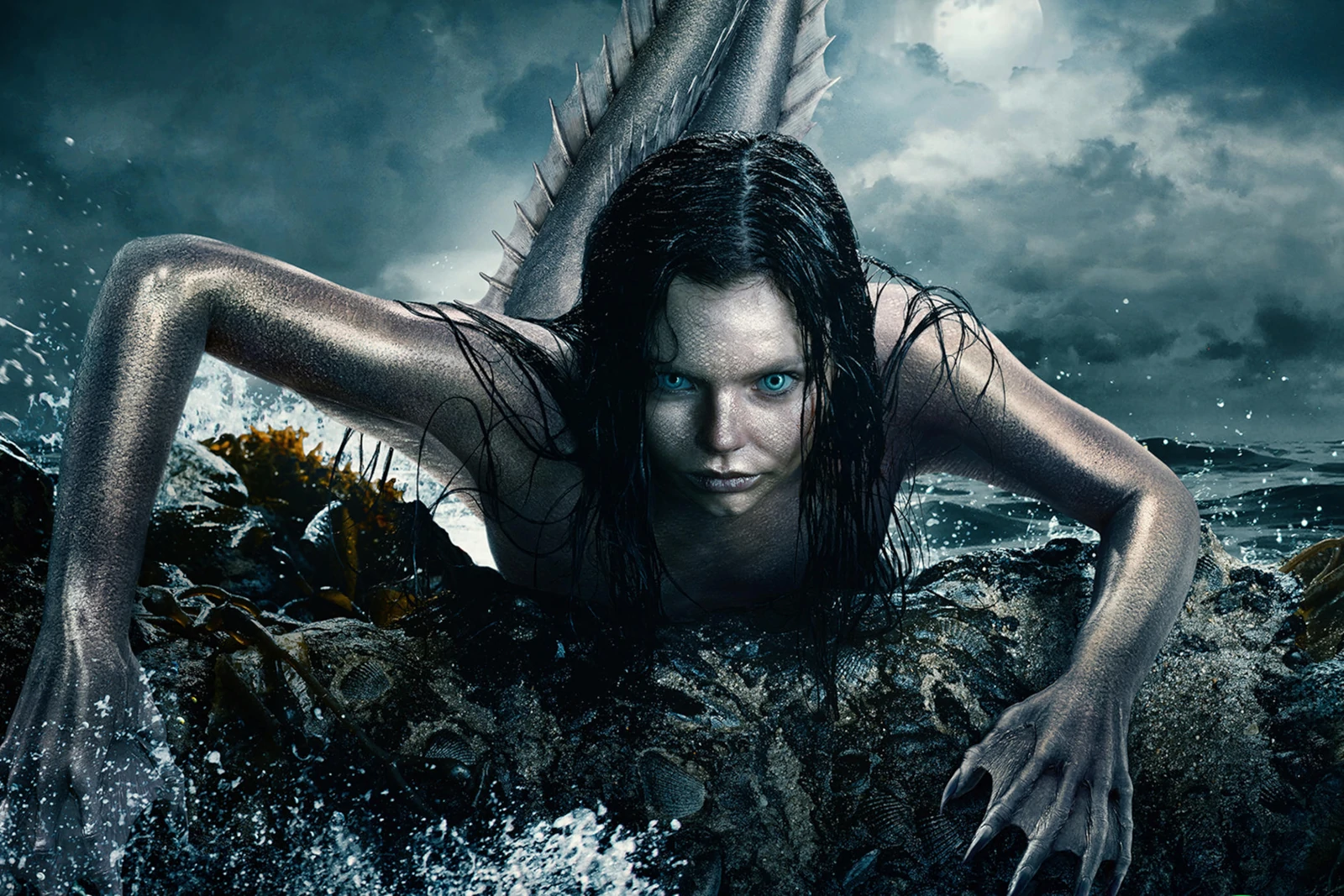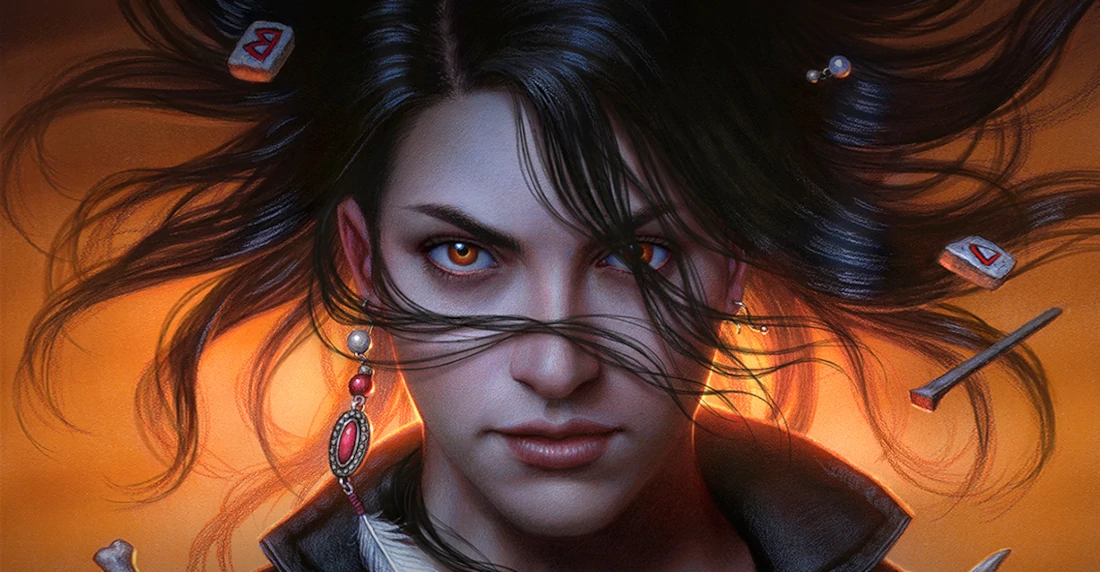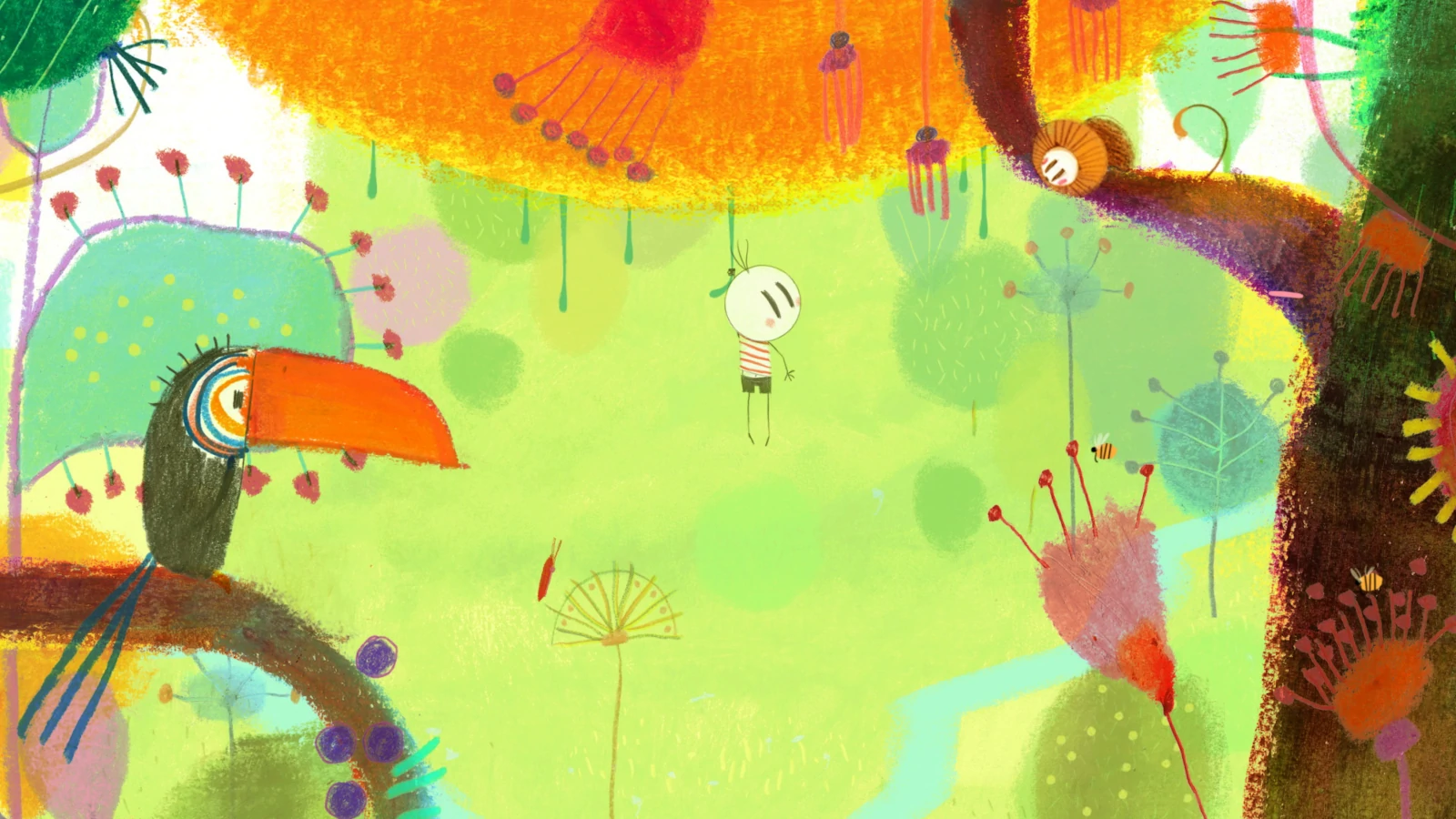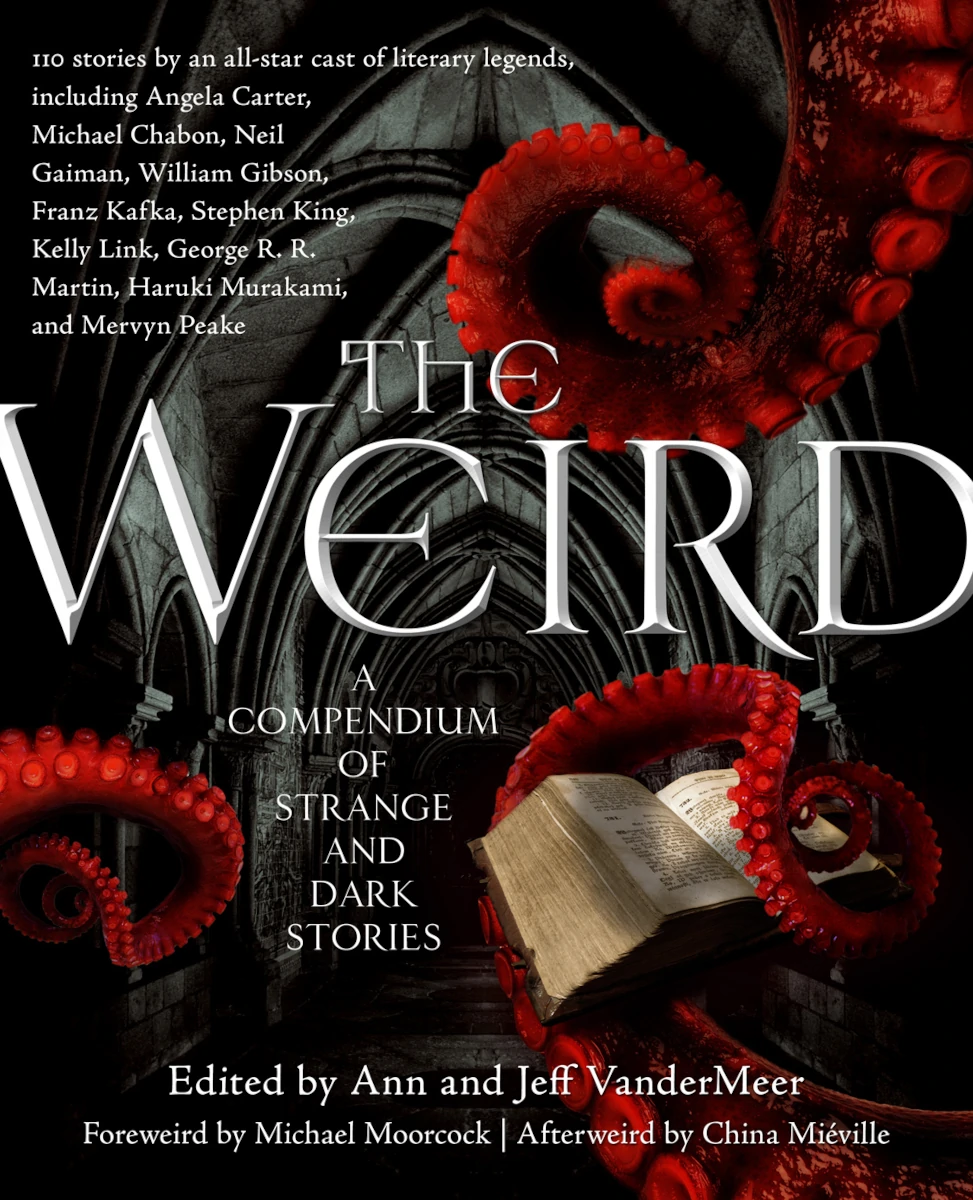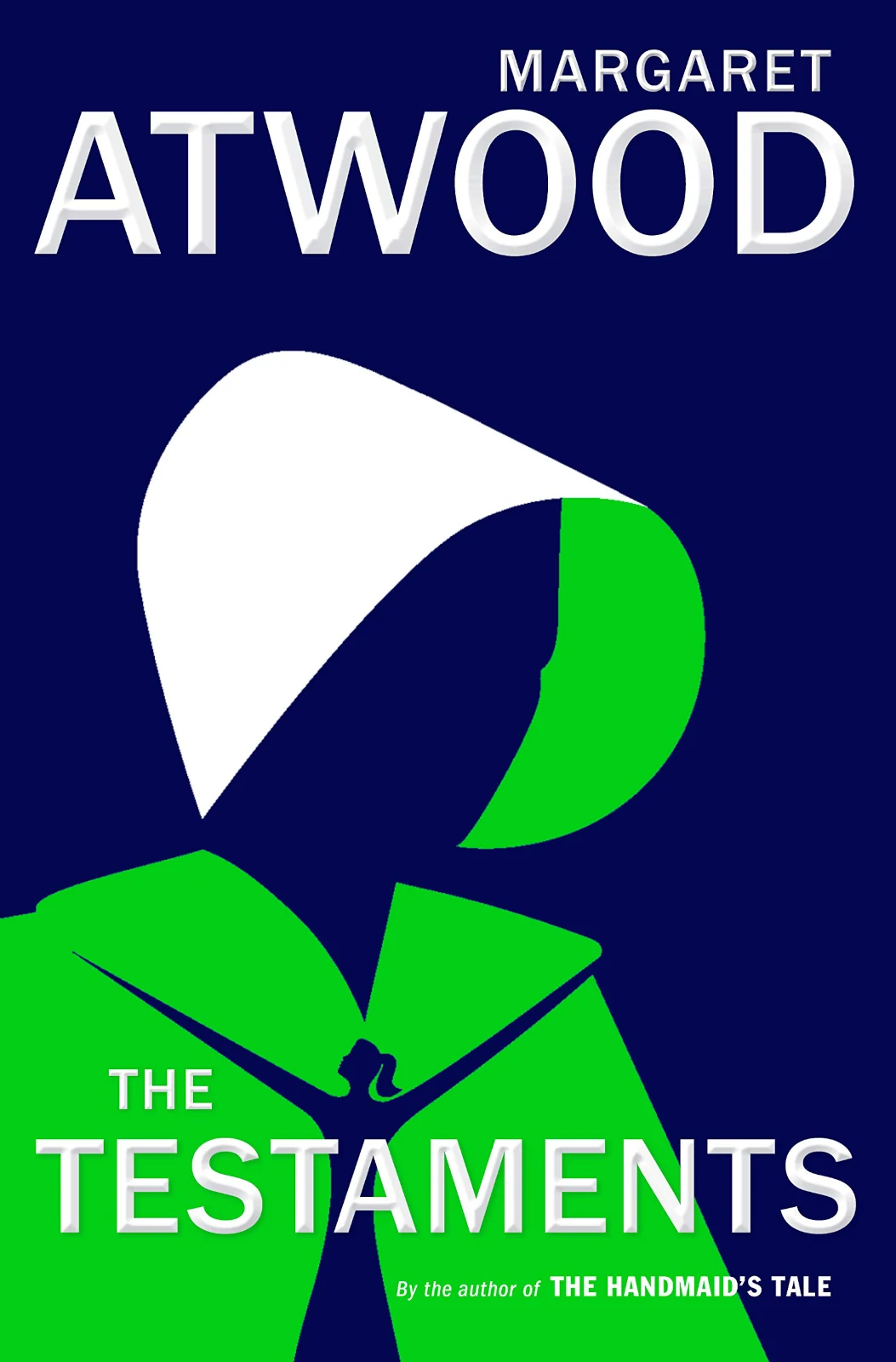
Math Destruction, Testaments, and Boarding School Mutations
Carolyn Janecek
Many of us joke about “our assigned FBI agents” watching us through our webcams––an attempt to make light of the pervasive surveillance and data mining of the 21st century. Well, I just finished reading data scientist Dr. Cathy O’Neil’s book Weapons of Math Destruction: How Big Data Increases Inequality and Threatens Democracy and learned about the incomprehensibly terrifying extent of corporate and governmental data mining in the United States. I was aware of many of the injustices laid out in this short, two-hundred-page book: standardized testing algorithms harming K-12 teachers, our country’s history of redlining, and healthcare discrimination based on preexisting conditions. But knowing about such examples in no way prepared me for the sheer proportions that Dr. O’Neil lays out. From fueling the Great Recession to curating our social media feeds, big data has permeated every part of our lives. Weapons of Math Destruction made me anxious about our future, but that’s exactly why I’ll be recommending it to everyone I know.
Eileen Silverthorn
I just finished listening to The Silent Patient by Alex Michaelides. We follow Theo, a psychotherapist, who is trying to get through to his newest patient, Alyssia, a woman who has been silent for six years following the murder of her husband. She is the only one who knows exactly what happened the night of the murder, and Theo—as he struggles with his own brand of psychosis—begins to unravel the pieces of what Alyssia has been keeping secret all these years. I was at the beach when I got to the super dark and twisty end of this novel (I sat up on my towel, shocked, screeching “WHAT!” and scaring my friends half to death). The writing is great, there are lots of interesting references to Greek tragedy weaved throughout the story, and again, the PLOT TWIST my friends, the PLOT TWIST. Highly recommend for those looking for a good mystery novel!
Ariel Fagiola
I’ve been deeply buried in Margaret Atwood’s new novel, The Testaments, and I’m already grieving it being over. She is one of my all-time favorite authors, and The Handmaid’s Tale (to be as dramatic as possible) changed my life in high school. And now she’s at it again with this long overdue and greatly appreciated continuation. I also only watched the first season of the show, so I felt even more desperate for this return. While I haven’t finished the book yet, and I’m sure I’ll have more opinions then, for now I highly recommend allowing yourself to be whisked away by Atwood’s stressful, beautiful, majorly screwed up, and heartbreaking writing.
Amanda Farbanish
Hi, yes, it is I, the staffer who won the Red, White & Royal Blue Battle of 2019. I’m back to give you another queer rec—this time, a queer feminist YA sci-fi horror thriller. (If you read that description and don’t immediately want to read the book, know that I’m judging you.) Wilder Girls by Rory Powers is everything I’ve ever wanted. You have an all-girl school that’s been infected by a mystery something (disease? alien infection?) they call the Tox, causing their bodies to develop weird and sometimes gross mutations. In fact, the entire island is infected, with a trip through the woods almost guaranteed to be deadly. Though the government promises to help, that help seems to be rather slow in coming.
But despite a horrific premise, what grounds this story and really makes it shine is the characters. The surviving girls and two teachers have to figure out how to survive together, creating a fascinating evolution of relationships. All of the characters are so incredibly realistic, their reactions, thoughts, and feelings in such a dangerous, high-stress environment wonderfully tailored to each character and their personality. Constantly facing death, they have to band together; Hetty, Reese, and Byatt—the trio the story centers on—have to manage their own fears along with their desire to protect and care for one another, a complicated line to walk when you’re constantly facing the creeping reality of death. If you’re in the mood for character-driven queer horror, this is the novel for you . . . what am I saying? No matter what, this is the novel for you.
